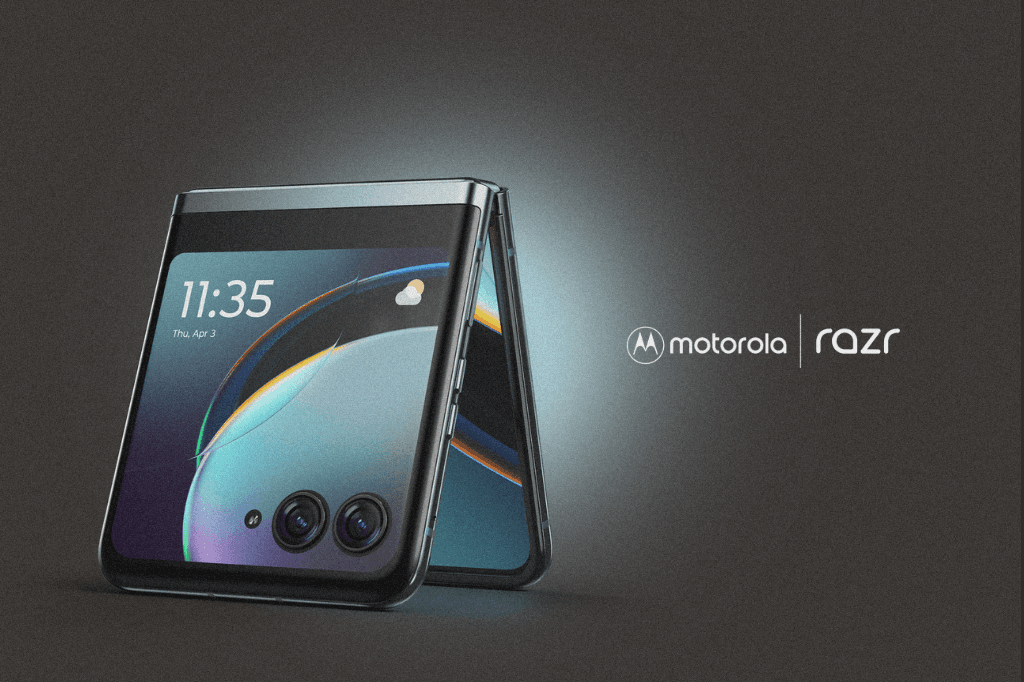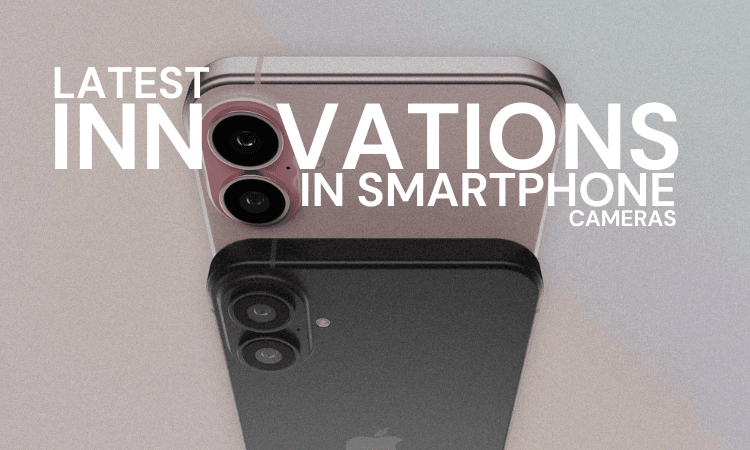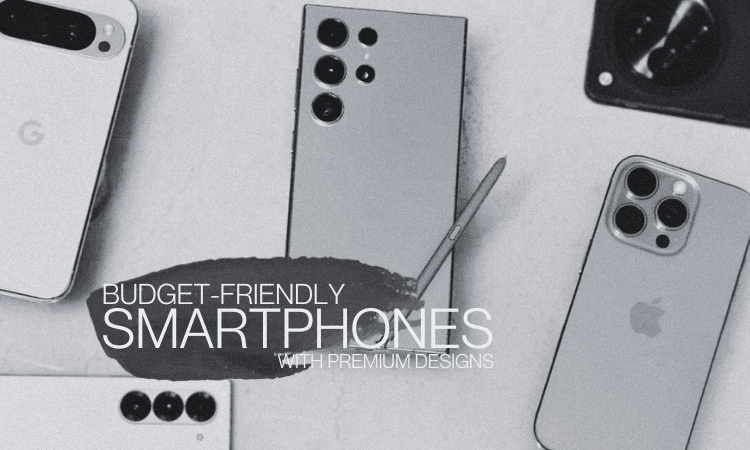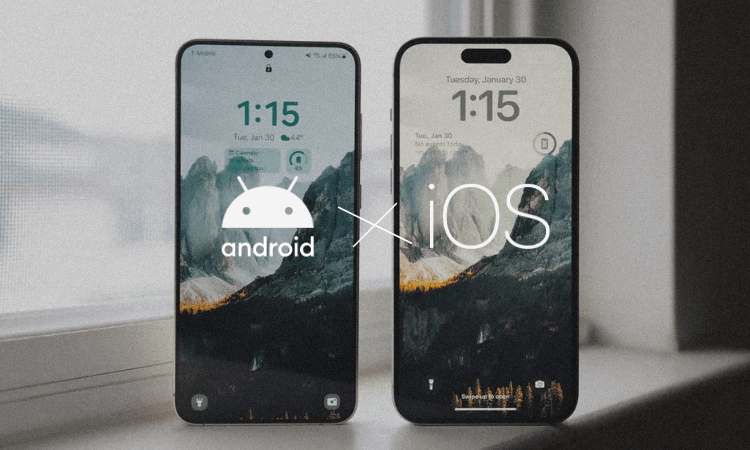Foldable phones are more than just a design novelty—they represent a significant shift in how smartphones could evolve. With their ability to fold and unfold, these devices offer new possibilities that traditional smartphones simply can’t match. This innovation is changing the way we think about our phones, from their form factor to their functionality.
Foldable Phone Technology
Foldable phones rely on flexible OLED displays, which allow the screens to bend without breaking. These displays are thinner, lighter, and more durable than traditional screens, making them ideal for foldable designs. The flexibility of the screen enables the phone to fold, which allows for more compact and portable devices.
Impact on Smartphone Design
The biggest change foldable phones bring is a new design approach. Unlike standard smartphones, foldable devices offer a smaller form when closed and a much larger screen when open, giving users the best of both worlds.
When closed, foldable phones are compact and easy to carry. But when opened, they provide a larger display ideal for activities like browsing, watching videos, and multitasking. This versatility makes foldable phones a compelling option for those looking for a flexible device.
The Role of Major Brands
Several leading brands, including Samsung, Huawei, and Motorola, are already offering foldable phones, with more expected to follow suit. These companies are driving the foldable phone trend, each with their own take on the technology.
- Samsung has led the way with the Galaxy Z Fold and Z Flip series, offering different folding mechanisms and designs to appeal to a wide range of users.
- Huawei has introduced its Mate X line, which features an outward-folding design.
- Motorola revived the iconic Razr as a foldable phone, combining nostalgia with modern technology.

Key Features Driving the Foldable Phone Trend
Foldable phones come with several standout features that make them appealing to users. From larger screens to improved durability, these devices offer advantages that traditional smartphones can’t provide.
Enhanced Display Experience
One of the biggest benefits of foldable phones is their large, flexible displays. These devices allow users to enjoy a phone like experience without needing to carry around a bulky device. The ability to open up the phone to a bigger screen is ideal for multitasking, watching videos, or gaming.
With a larger screen, users can:
- Open multiple apps side by side for more efficient multitasking.
- Enjoy a better media experience with more screen real estate.
- Have a more immersive gaming experience, with clearer visuals and larger controls.
Improved Durability
While durability was once a concern for foldable phones, advances in technology have made these devices more reliable. Manufacturers are using stronger materials for hinges and displays, which helps prevent wear and tear over time.
Recent models are designed to be more robust, with reinforced hinges and screens that resist scratches and dents. This makes foldable phones more practical for everyday use, even with their folding mechanisms.
Integration with 5G and Other Tech Advancements
Foldable phones are also future-proof in terms of connectivity. Many foldable devices support 5G, offering faster internet speeds and improved performance for tasks like streaming, gaming, and downloading large files.
The integration of technologies like AI and augmented reality (AR) is another exciting feature. With larger screens and powerful processors, foldable phones are becoming capable of handling complex tasks, like real-time AR applications, that require a lot of processing power.
Challenges and Obstacles Facing Foldable Phones
While foldable phones offer many advantages, there are still some hurdles to overcome. High prices, durability issues, and slow adoption rates are all factors that could limit the growth of foldable phones in the market.
High Price Point
One of the most significant challenges for foldable phones is their high price. Due to the advanced technology and materials required to create these devices, they tend to be more expensive than traditional smartphones. This price tag can deter many potential buyers.
Though prices are expected to come down over time, the initial cost of foldable phones remains a barrier for many. Until they become more affordable, foldable phones will likely remain a niche market for tech enthusiasts and early adopters.
Durability Concerns
Although foldable phones have improved in terms of durability, there are still concerns about their long-term performance. The folding mechanism, while more reliable now, can still be prone to wear over time, especially with heavy usage. Additionally, the screen, despite improvements in materials, may still face issues with scratches or damage if not properly maintained.
Manufacturers are working to address these concerns, but the long-term reliability of foldable phones is still uncertain for some consumers.
Market Adoption and Consumer Perception
Another challenge facing foldable phones is the adoption rate. Many consumers are hesitant to invest in foldable devices due to concerns about their price, durability, and the perception that they are still an emerging technology. Changing this perception and encouraging mainstream adoption will take time.
As more brands enter the foldable phone market and prices become more accessible, adoption is expected to increase, but for now, it remains relatively slow.

What to Expect in the Future of Foldable Phones
Looking ahead, the foldable phone market is likely to grow as technology continues to improve and more devices hit the market. Expect to see innovations in design, pricing, and functionality that will make foldable phones a more common sight in the future.
Innovation in Design and Functionality
As foldable phone technology matures, expect to see even thinner devices with more innovative folding designs. Manufacturers are working on making foldable phones slimmer without compromising on performance. New folding mechanisms, like tri-folds or even rollable designs, may also be introduced, giving users more options for their devices.
Broader Consumer Adoption
As production scales up and prices come down, foldable phones will become more accessible to a wider audience. In the near future, more affordable foldable models may be released, making them available to a broader range of consumers. Additionally, as durability improves, more users will feel confident adopting foldable phones for everyday use.
The Potential for Foldable Phones in Other Devices
Foldable technology could also expand beyond smartphones. In the future, we may see foldable tablets, laptops, and even wearables. The flexibility of foldable screens offers exciting possibilities for compact and portable devices in many other categories.
Conclusion
Foldable phones represent a significant leap forward in smartphone technology. They offer unique features, such as larger displays and enhanced portability, that traditional phones simply can’t match. While there are still challenges related to price and durability, the future of foldable phones looks promising. With advancements in design and technology, foldable devices will likely become a key part of the mobile industry in the coming years.



